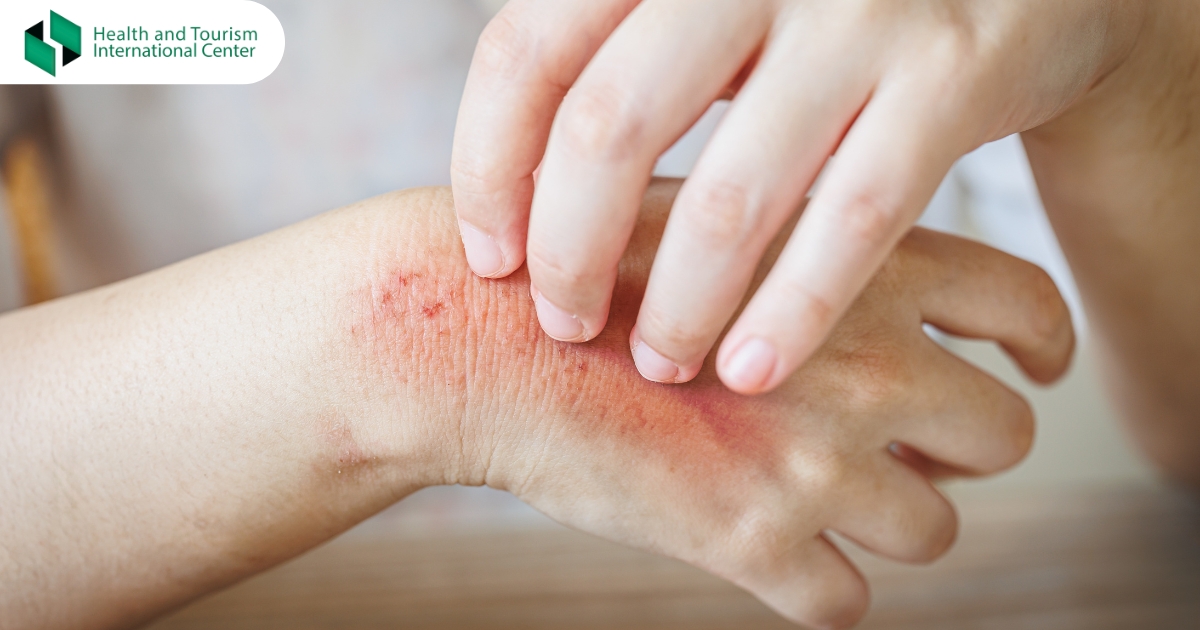Skin infections can be caused by bacteria, viruses, fungi, or parasites.
Symptoms and treatment vary depending on the underlying cause.
Infections can be mild or severe. In severe cases, the infection can spread much deeper into the body, worsening the patient's overall health.
The risk of developing skin infections is higher in people who have weakened immune systems due to a number of factors, are elderly or very young, or have skin folds due to obesity.
Common symptoms of skin infections include:
- Redness in pale skin, and purple or darkened areas in darker skin tones;
- Itching;
- Pain;
- Uneven skin surface;
- Wart-like growths, etc.
- Sometimes a person also has a fever.
The following signs are characteristic of an acute infection:
- Pus;
- Blisters;
- Necrosis;
- Pain;
- Change in skin color;
- Swelling;
- Peeling skin.
See a doctor if you have any of the following symptoms:
- Pus-filled blisters;
- Severe swelling or inflammation;
- A skin infection that has not cleared up or is getting worse;
- High fever or other symptoms;
- Frequent rashes or infections.
Some types of skin infections heal on their own, meaning they do not require specific medical intervention and only an ointment or cream is sufficient. However, in cases of acute infection, when the patient becomes contagious or the risk of complications is high, special drug therapy is prescribed - hospitalization of the patient may also be necessary.
The following types of medications are available for the treatment of acute skin infections:
- Antibiotics;
- Antiviral;
- Antifungal;
- Antiparasitic.
Source:

